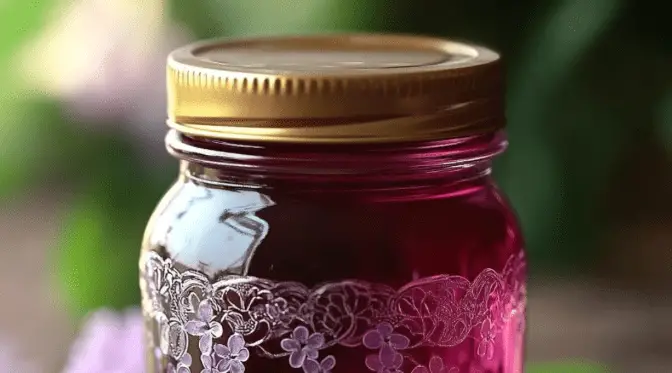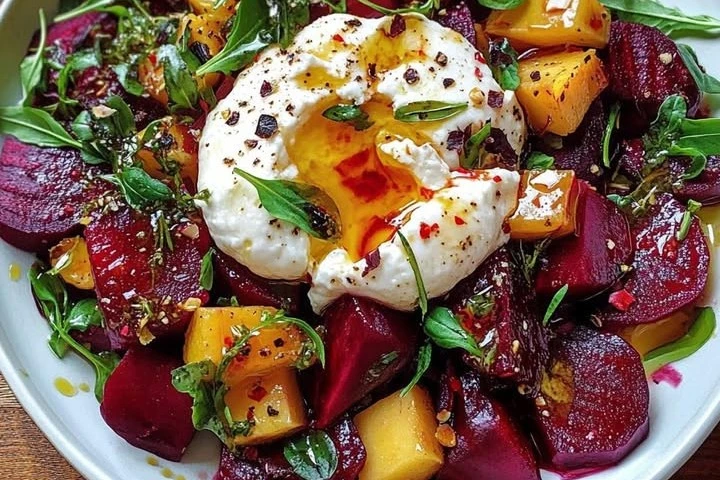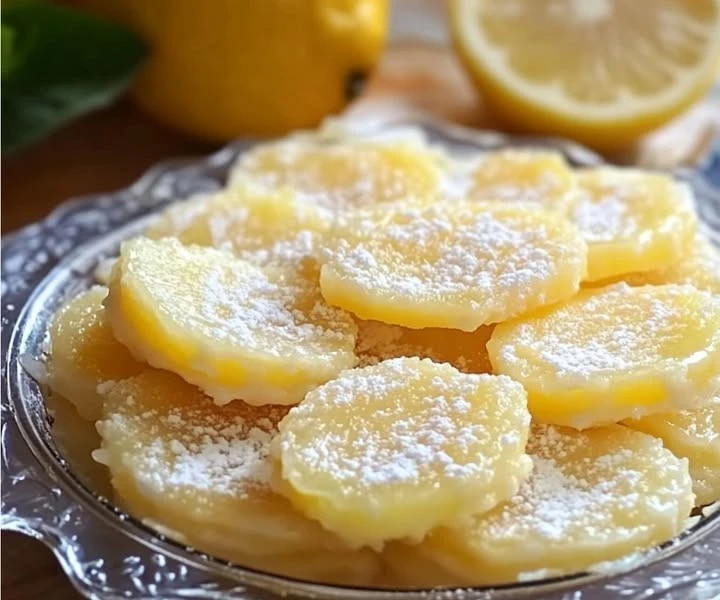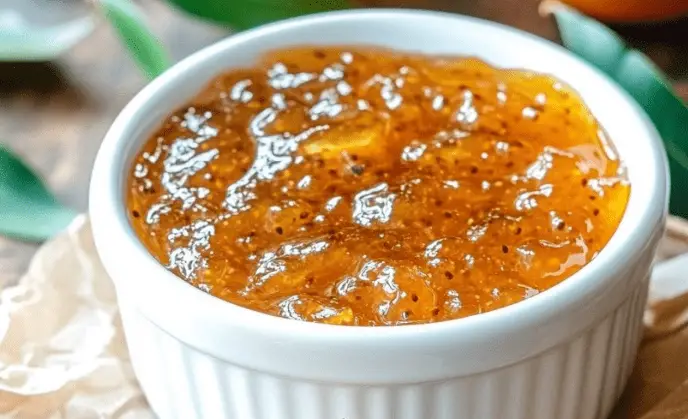Homemade Lilac Syrup Recipe: A Floral Twist for Your Kitchen Creations
If you’re a fan of floral flavors and love adding a creative, homemade touch to your food and drinks, this lilac syrup recipe is about to become your new favorite kitchen project. Simple, beautiful, and bursting with sweet, aromatic charm, homemade lilac syrup is perfect for spring and early summer when lilacs are in bloom. Whether you drizzle it over pancakes, stir it into cocktails, or add it to iced teas, this delightful syrup adds a unique flavor and visual appeal to just about anything.
Making lilac syrup at home is easier than you might think. With just a few ingredients and a bit of patience, you’ll be rewarded with a stunning, fragrant syrup that brings nature right into your glass or plate. If you’re looking for a simple way to impress your guests or elevate your everyday recipes, give this project a try.
Table of Contents
Ingredients
- 1 cup fresh lilac flowers (no stems or leaves)
- 1 cup granulated sugar
- 1 cup water
- 2 slices of fresh or dried orange or lemon
- 1–3 cardamom pods (optional)
- 4 blueberries for color (optional)
Instructions
- Start by picking your lilacs when they’re in full bloom—about four clusters should give you a cup. Rinse them well to wash away any dirt or bugs, and remember to keep the stems and leaves out of the mix.
- In a small saucepan, combine your lilac petals with the sugar, orange or lemon slices, and a touch of cardamom if you’re feeling adventurous.
- Add in 1 cup of water and toss in those blueberries for that extra pop of color, if you’d like.
- Stir everything gently and bring it to a boil over medium heat.
- Let it bubble away for about 5 minutes.
- Once done, turn off the heat and let the concoction steep for 4 to 8 hours to amplify those lovely flavors.
- After steeping, strain the syrup through a fine mesh strainer or a cheesecloth, pressing down on the flowers to squeeze out every last drop of liquid.
- Pour your gorgeous syrup into a sterilized jar or bottle and pop it in the fridge to keep it fresh.
Benefits of This Craft
Homemade lilac syrup isn’t just a treat for the taste buds—it’s also a rewarding creative process. Here’s why this DIY project is worth trying:
- Encourages seasonal, mindful foraging of fresh lilac blossoms
- Offers a natural alternative to artificial syrups and flavorings
- Enhances your culinary creations with a delicate, floral touch
- Adds a personal and charming gift idea for spring brunches or garden parties
- Makes use of edible flowers that are often overlooked in home kitchens
- Brings a fun twist to food styling with vibrant color and aromatic complexity
Additionally, it’s a great opportunity to teach children about edible flowers, nature-based ingredients, and traditional syrup-making methods.
Tips
To make the most out of your lilac syrup experience, here are some tips for better results:
- Only use lilacs that have not been sprayed with chemicals or pesticides
- Harvest lilac flowers in the morning when their scent is most concentrated
- Make sure to remove all stems and leaves, as they add bitterness
- Crushing the blueberries before adding them gives your syrup a deeper purple hue
- Allowing a longer steeping time (up to 8 hours) will produce a more intense floral flavor
- Use a fine-mesh sieve or cheesecloth for straining to avoid petal residue
- Sterilize your storage jars or bottles for better shelf life
- Freeze leftover syrup in ice cube trays with small lilac petals for a pretty presentation in summer drinks
What Does It Taste Like?
Lilac syrup has a unique flavor profile that is both subtle and aromatic. It’s sweet, of course, thanks to the sugar base, but the real magic lies in its floral essence. The taste is reminiscent of other edible flowers like violets or lavender but much gentler and softer. When paired with the citrus notes from the lemon or orange and the optional spice of cardamom, it creates a complex, refreshing taste with depth.
The optional blueberries don’t change the flavor much but provide a stunning natural tint that ranges from pale lavender to deep rose, depending on how long they steep and whether they are crushed.
It’s a taste that feels like springtime in a bottle—elegant, calming, and slightly nostalgic.
How to Store
Proper storage ensures that your lilac syrup stays fresh and safe to use for weeks or even months.
- Refrigeration: Store the strained syrup in a clean, airtight glass jar or bottle in the refrigerator. It will stay good for up to 1 to 2 months.
- Freezing: For longer storage, freeze the syrup in ice cube trays. Once frozen, transfer the cubes to a freezer bag and keep them for up to 6 months.
- Check Before Use: If the syrup becomes cloudy, changes in smell, or shows signs of mold, discard it immediately.
Remember to always label your jars with the preparation date so you can keep track of their freshness.
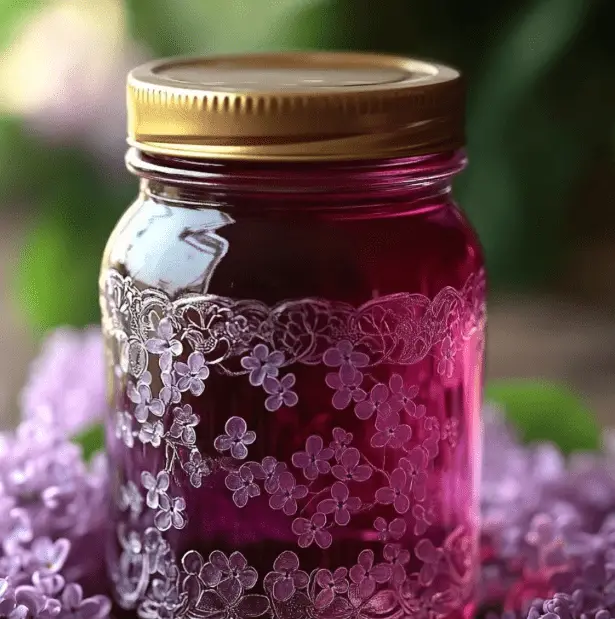
Homemade lilac syrup is one of those delightful kitchen crafts that not only tastes beautiful but looks and smells amazing too. It’s a gentle nod to old-world recipes and natural living, combining the charm of flower foraging with the ease of modern cooking.
With just a handful of ingredients and a little time, you can transform a seasonal flower into an elegant syrup that enhances everything from cocktails to pancakes. Whether you’re crafting it for yourself or gifting it to someone else, lilac syrup is a thoughtful way to bring creativity and flavor into your everyday life.
For more inspiration on how to use edible flowers and other fun, hands-on projects, don’t miss our collection of more recipes like this .
Frequently Asked Questions
Can I use dried lilacs instead of fresh?
Fresh lilacs are ideal because they retain more of the floral aroma, but if dried properly and recently, dried lilacs can be used with a slightly reduced steeping time.
Are all lilac varieties edible?
Most common lilacs (Syringa vulgaris) are considered safe to eat. However, avoid any that have been treated with chemicals or come from unknown sources.
What can I use lilac syrup for?
Lilac syrup is versatile. Use it in lemonade, iced tea, cocktails, yogurt, oatmeal, or even in baking glazes and salad dressings.
Why add blueberries if they don’t change the taste?
Blueberries are added mainly for color. They enhance the visual appeal, turning the syrup a pale pink or lavender depending on quantity and steeping time.
Can I double the recipe?
Yes, the recipe scales easily. Just maintain the 1:1:1 ratio of lilac, sugar, and water for consistent results.

